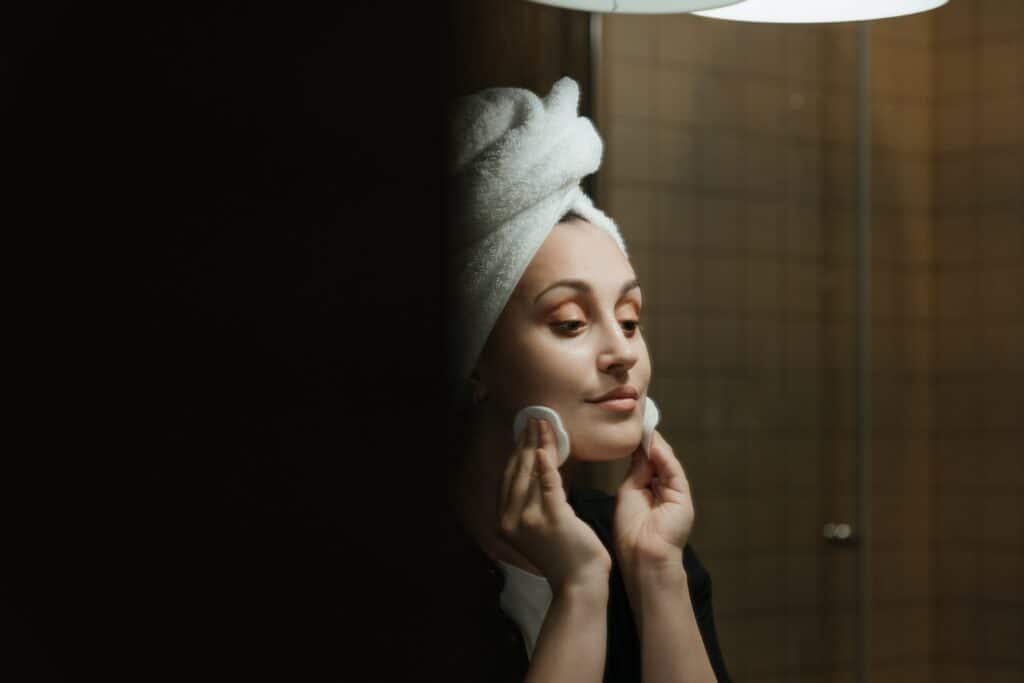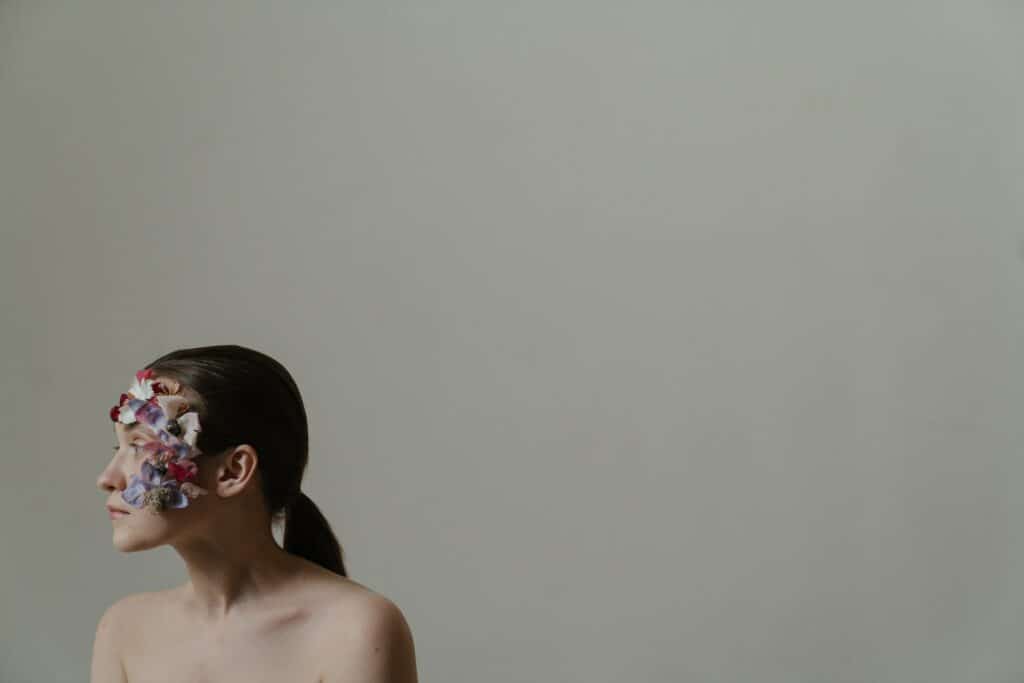In the eyes of the layman user, photography appears to be all about the subject, right? Who you’re photographing, what you’re photographing, how you’re photographing. However, beyond the attention grab of the subject comes another important characteristic of a photograph: negative space.
All that does not house the subject is considered negative space, whose purpose is to direct you to where you need to go. However, negative space can easily be used improperly which can sometimes have a detrimental effect on the image. Here is our guide to negative space in photography and all of the nuances that accompany it!
What is Negative Space?
The term ‘negative space’ is a bit elusive. The word ‘negative’ implies something bad, but that is not the case here!
Negative space is any area in your photograph that does not house the subject. It tends to be all the zones surrounding your subject. Negative space is generally seen as something that is empty, but it doesn’t necessarily have to be empty- it just has to not be the focal point (so to speak).
Its opposite is positive space, which refers to any area that houses the primary subjects of a photograph.
Negative space is often known as the background and is not meant to attract a lot of attention.
Negative Space and Composition
Negative space pertains directly to composition. Composition is the arrangement of elements in a shot, from the subject to everything around the subject. Good composition compliments your image, and makes your photography stand out. You can use negative space to impact compositions in a variety of ways.
For starters, negative space can help draw the viewer’s eye to your subject. Negative space emphasizes and defines the main subject of a photo and helps to draw the viewer’s eye to it. By decluttering the composition you provide the image with space for the subject to breath and engage the viewer.
This plays right into the compositional rule of ‘implied movement’. Implied sense of movement means the direction that you think the movement will go in a still image. How this factors into composition is that you always want to leave more negative space in the direction of implied movement. This keeps your photograph from feeling claustrophobic or too abruptly cropped, thus allowing the subject to ‘breath and engage the viewer’.
You can also use negative space to create balance in an image. The general rule states that the larger the individual subject the more space you should have around them. This helps place the subject in the right place in your photograph.
You can also use negative space to convey a sense of scale. By leaving negative space above your subject, you can increase the viewer’s awareness of the subject’s height. Equally, leaving space around the subject can make it smaller or give it a sense of isolation.
Can Negative Space Be Used With Two Subjects?
A common misconception is that negative space can only be effectively used with one subject. But the number of subjects doesn’t actually matter! It does get more challenging to use negative space photography once the main subjects take up more and more of the frame, but arguably, negative space becomes more important in this regard.
The empty spaces allow the viewer’s eye to ‘rest’ and then gradually move from subject to subject. If the negative space was not present, the image would feel cluttered and dysfunctional. Negative space is the genuine glue that holds it all together well.
Does Negative Space Have to Be Empty?
Another misconception is that negative space has to be empty, or free of anything distracting. Although negative space is often just a plain sky or a wall, it doesn’t have to be solid in appearance. Objects, living or otherwise, can be in the negative space area, but they should never be the main subjects.
A negative space image occurs when the areas surrounding the subject are peripheral. They almost blend into the background. It causes you to focus on the subject. Negative space can be patterns, other people, stairs, grass, so many different things that are not blank.
Negative Space Photography
In a fun turn of events, there is actually a niche of photography that deals entirely with negative space. It twists the definition of negative space as not being the subject by, in fact, turning negative space into the subject.
Negative Space Photography the photographer uses the space that is usually not the primary focus and uses it to fill in most of the composition. Because of this, the negative space (all of the empty zones) becomes the primary subject by area alone.
Negative Space and Emotion
Probably the most powerful use of negative space is to convey an emotion. Even if your audience doesn’t catch the correlation between the two, they will certainly feel it. Negative space photography can evoke a sense of wonder, mysteriousness, and peacefulness.
The simplicity of well placed negative space can really allow the subject to stand out. This can cause the image to feel quiet, and the subject to feel even more overwhelmingly interesting. Dependent upon the intensity of the negative space amount, this can additionally add feelings of loneliness, solitude, relaxation, contemplation, or even importance. It depends on the subject matter of the photograph.
Examples of Negative Space Photography
As much as we explained negative space above, showing examples tends to drive the point further. Here are some ways negative space is used to convey and express a story, idea, or emotion in an image. Notice how the emptiness is complementary to the subject:




In conclusion, ensuring you have a fundamental grounding on what negative space is can aid in all of your future artistic endeavors. From creating emotion to developing good compositional skills, negative space will be there to help.

